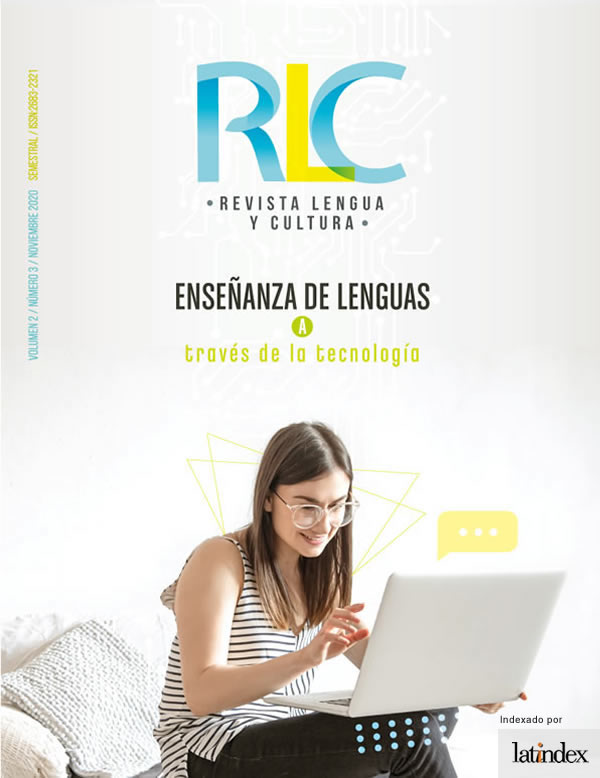Perceptions of objective formative assessment in language learning
Abstract
The objective of this report was to describe the significant role that the objective formative assessment plays in learning a language. To do this, the information and data were displayed to prove if the use of objective formative assessment is an appropriate way to increase language learning. Data was collected with a questionnaire that covered individuals' perception of exams, mid-term exams, short-practice-exams / quizzes, self-evaluations, and exercises with scores.
The frequency statistical test was used to measure the individuals' level of approval. The Likert scale was used to collect the perception of the subjects. The graphics, the median, and the mode were used to prove the tendency since this was a non-parametric test and the scales were ordinal. Sampling was selected randomly. 117 from a total population of 500. They were students from Veracruz who have been studying English at the Language Center in Xalapa. All of them have been studying English for more than one year. Results showed that individuals perceive that objective summative assessment is not the best way to learn. On the contrary, individuals perceived that objective formative assessment was better to learn languages. Simulating exams and quizzes, as well as exercises, were preferable. Implementations of objective formative assessment activities could be a strategy for improving learning, lower the stress, and prepare students for real objective summative examinations.
Downloads
References
Bradley, Linda; Thouesny, S. (2012). CALL: Using, learning, knowing. EUROCALL Conference Proceedings 2012. http://research-publishing.net/publication/978-1-908416-03-2.pdf
Committee, J. I. S. (2005). Effective practice with e‐learning. British Journal of Educational Technology. http://webarchive.nationalarchives.gov.uk/20140702233839/http://www.jisc.ac.uk/media/documents/publications/effectivepracticeelearning.pdf%5Cnhttp://onlinelibrary.wiley.com/doi/10.1111/j.1467-8535.2005.00547_5.x/abstract
Darío Echevarría, H. (2016). Diseños de investigación cuantitativa en psicología y educación.
Egbert, J. (2018.). CALL Principles and Practices. S. A. Shahrokni
A. -Virginia. USA.
Garrison, C., & Ehringhaus, M. (2007). Formative and summative assessments in the classroom. Retrieved from http://www.amle.org/Publications/WebExclusive/Assessment/tabid /1120/Default.aspx
Harlem, W. and James M. (2006). Assessment and Learning:
Differences Between Formative and Summative assessment. Journal Assessment in Education: Principles, Policy and Practice, 9, 365-379.
Harpe, S. E. (2015). How to analyze Likert and other rating scale data. Currents in Pharmacy Teaching and Learning, 7(6), 836–850.
Kidd, T. T., & Keengwe, J. (2009). Adult learning in the digital age: Perspectives on online technologies and outcomes. In Adult Learning in the Digital Age: Perspectives on Online Technologies and Outcomes.
Murray, D. E., McPherson, P., Drobot, I.-A., Wilkinson, L., Janks, H., Ydldj, O., Alenezi, A. M., Bloch, J., Robertson, E., Mart, A., Tfm, P., Alastuey, C. B., Samaei, S. J., Tonekaboni, A. M., Lee, L., Ürün, M. F., Biçer, D., Akdemir, Ö., Stanley, G., … Al-Shorman, R. A. (2015). Using the Web to Support Language Learning. Language Learning & Technology, 3(1), 7–17.
Vandergrift, L., & Goh, C. C. M. (2012). Teaching and learning second language listening: Metacognition in action. In Teaching and Learning Second Language Listening: Metacognition in Action.
Watkins, C., Carnell, E., & Lodge, C. (2007). Effective learning in classrooms. In Effective Learning in Classrooms (Issue January 2007).
Yeo, M. (2014). Book Review: Innovations in Pre-service Education and Training for English Language Teachers. In RELC Journal (Vol. 45, Issue 1).
Copyright (c) 2020 Isaí A. Guevara-Bazán , Karla Lizeth Mata Martínez , Jorge Martínez-Cortés

This work is licensed under a Creative Commons Attribution-NonCommercial-NoDerivatives 4.0 International License.













